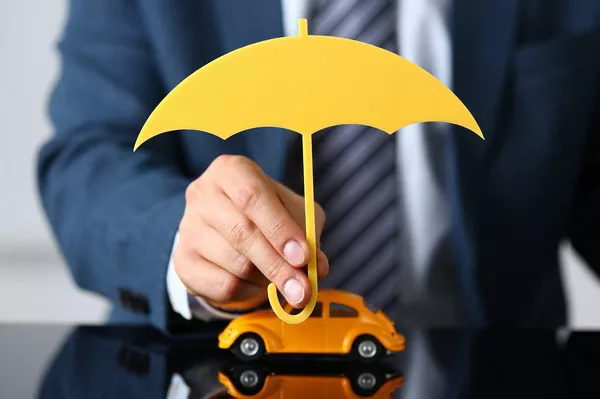When it comes to safeguarding your vehicle and your financial well-being, comprehensive auto insurance plays a critical role. However, many people are often unsure about what exactly a comprehensive car insurance policy covers. In this comprehensive guide, we will break down the components of a comprehensive auto insurance policy, helping you understand the extent of coverage it provides.
1. Comprehensive Auto Insurance: An Overview
Comprehensive car insurance, often referred to as “comp coverage,” is one of the main types of auto insurance coverage available. Unlike liability insurance, which covers damages to other people and their property in accidents you are at fault for, comprehensive coverage offers protection for your own vehicle from a wide range of non-collision-related incidents.
2. Coverage for Vehicle Damage
Comprehensive auto insurance typically covers damages to your vehicle caused by the following non-collision events:
a. Theft: If your car is stolen, comprehensive coverage can help you recover its value or provide compensation for a replacement.
b. Vandalism: In the unfortunate event of vandalism, such as graffiti or broken windows, comprehensive insurance can cover the repair or replacement costs.
c. Fire Damage: Comprehensive coverage protects against damages caused by fires, ensuring that you can repair or replace your vehicle.
d. Natural Disasters: This includes protection against damages from events like earthquakes, floods, hurricanes, tornadoes, and hail. Comprehensive insurance is essential if you live in an area prone to these disasters.
e. Falling Objects: If a tree branch, debris, or any other object falls on your vehicle and causes damage, comprehensive coverage has you covered.
f. Animal Collisions: Comprehensive insurance covers damages from collisions with animals like deer or livestock. These accidents can be common in certain areas.
3. Glass Coverage
Comprehensive auto insurance often includes coverage for glass damage, such as broken windshields or windows. This coverage can extend to cover repairs or replacements without requiring a deductible payment. It’s a particularly valuable feature, as glass damage is relatively common.
4. Personal Property Coverage
Comprehensive coverage may also extend to personal property inside the vehicle. If your belongings are stolen from your car, this insurance can help replace them. Be sure to review the policy for any limits or specific conditions regarding personal property coverage.
5. Deductibles and Limits
As with any insurance policy, comprehensive car insurance comes with deductibles and coverage limits:
a. Deductible: The deductible is the amount you’ll need to pay out of pocket before your insurance coverage kicks in. Higher deductibles typically result in lower premiums, while lower deductibles mean higher premiums.
b. Coverage Limits: There is a maximum amount that your comprehensive coverage will pay for a covered event. It’s important to understand these limits and ensure they align with the value of your vehicle and potential risks in your area.
6. Combining Comprehensive and Collision Coverage
Comprehensive coverage and collision coverage are often bundled together in what is commonly referred to as “full coverage.” While comprehensive coverage handles non-collision-related events, collision coverage covers damage to your vehicle in accidents where you’re at fault. Together, these types of coverage provide a well-rounded protection for your vehicle.
7. Adding Optional Coverages
Depending on your needs, you may want to consider adding optional coverages to your comprehensive policy. Common add-ons include:
a. Rental Reimbursement: This covers the cost of a rental car while your vehicle is being repaired due to a covered event.
b. Emergency Roadside Assistance: This provides assistance in case of breakdowns or other roadside emergencies.
8. Conclusion
Comprehensive auto insurance is a vital component of your overall car insurance policy. It offers protection against a wide range of non-collision-related events that can result in damage to your vehicle. Whether it’s theft, vandalism, natural disasters, or animal collisions, having comprehensive coverage ensures that you’re financially prepared for unexpected situations.


